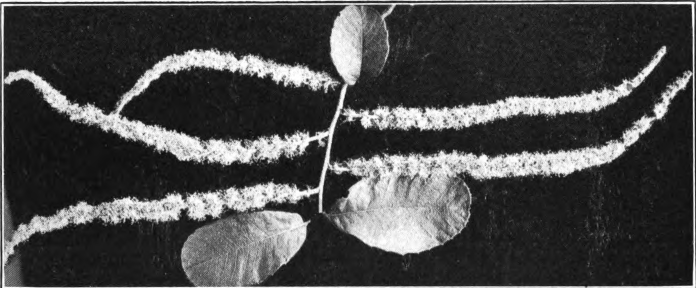
Fig. 41. — Chinquapin (Castanea nana). Photographed by Lovell.
ill-scented, and plumose. The pistillate catkins are above the staminate, in the axils of the leaves, and consist of only two or three flowers. The bloom lasts for four or five weeks. This species grows on sandy hills and barrens from Florida to Louisiana. C. pumila, also called chinquapin, is a large shrub, often a small tree, and has a wider distribution, extending from New Jersey to Florida and Texas. It blooms later in May and June. (Fig. 41.)
CHITTAM. — See Cascara Sagrada. under Buckthorn.
CHRISTMAS BERRY (Heteromeles arbutifolia). — Toyon. Produces a thick amber-colored honey with a pronounced flavor, granulating with a coarse grain within three or four months. The small white flowers open in July. An evergreen shrub growing throughout the Coast Ranges and Sierra Nevada and in southern California. A surplus in Monterey, Colusa, and Nevada counties. “One of the most handsome of California shrubs when covered from November to January with its fine clusters of crimson berries.”
CLEMATIS (Clematis virginiana). — A climbing vine common in damp thickets, with white dioecious flowers. In both the staminate and pistillate flowers nectar is secreted in small drops on the inner side of the flat filaments, which are yellowish-green at first. If not removed the drops run together and accumulate between the stamens. Beginning with the outer row, the stamens gradually double in length, turn white, and cease to secrete nectar. Nectar is thus found only in young flowers, and the same flower-cluster may contain both nectarless and nectar-yielding blossoms. The pollen is white. The purple clematis of the garden is quite devoid of nectar, as are many other species of this genus.
The Virginia clematis is very abundant in some sections of Rhode Island. According to A. C. Miller, it is a heavy yielder of sparkling golden-colored honey with the fragrance of the flowers. It is not reliable every year. (Fig. 42.)
CLEOMELLA (Cleomella angustifolia).—An erect, branching herb, 2 to 4 feet tall, with the leaves divided into three oblong narrow leaflets, and small fragrant yellow flowers. It blooms for two months or longer, during the dry season, on the prairies from Nebraska to Texas and New Mexico. Bees visit it in large numbers. It belongs to the same family as the Rocky Mountain bee plant.
CLETHRA (Clethra alnifolia). — White alder. Sweet-pepper bush. A common source of honey from Nova Scotia to Florida in wet land along the coast. Comb honey white; extracted honey tinged with yellow, thick, with a fine slightly peculiar flavor suggestive of the bloom. The honey often fills with bubbles, which force off the cappings soon after it is stored. It is an excellent honey to blend with that of white clover. It is also slow to granulate, honey two years old still